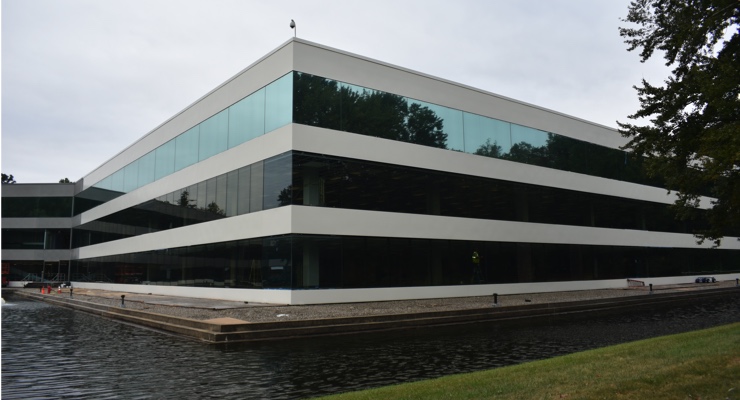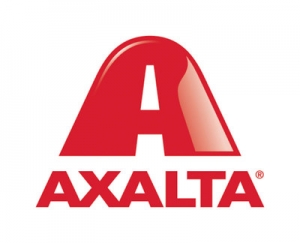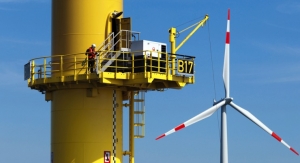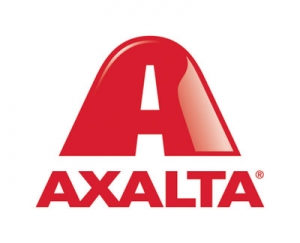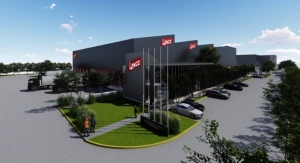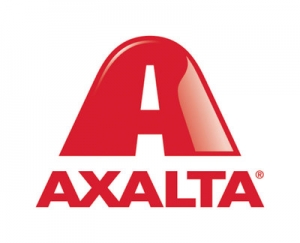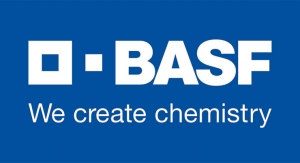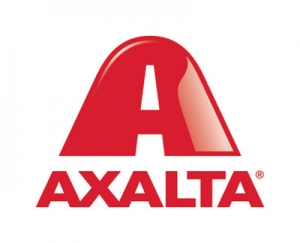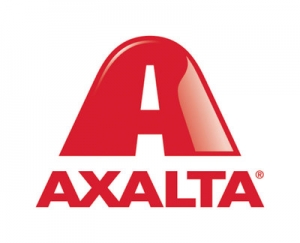The façade restoration of an aluminum-clad office building in Sleepy Hollow, NY, was honored with a first-place finish in the 2021 CoatingsPro Magazine Contractor Award for excellence in the field of high-performance commercial and industrial coatings.
The award in the Specialty Projects category was presented at the CORROSION 2021 Virtual Conference & Expo, sponsored by the Association for Materials Protection and Performance (AMPP), a new organization formed by the merger of NACE International and The Society for Protective Coatings (SSPC).
Stuart Dean Company, a national Certified Applicator of NeverFade Coating Systems, conducted the five-month restoration of 40,000 square feet of exterior aluminum panels on the "1 Rockwood" building using NeverFade Exterior Restoration Coatings with Kynar Aquatec from APV Engineered Coatings.
"The aluminum panels had been previously field-painted with an acrylic polyurethane," said Chris Incorvaia, National manager of Façade Restoration, Stuart Dean Company. "That previous coating had degraded significantly due to UV exposure and weathering."
NeverFade Coatings were an ideal choice for the project, he said, because they can be used on previously painted surfaces.
NeverFade is a premium, weather-resistant coating that can be easily applied to a variety of substrates. It meets the same requirements of factory coatings using American Architectural Manufacturers Association, Publication No. AAMA 2605-13. The coatings contain Kynar Aquatec, a water-based PVDF resin that does not need to be baked, making it ideal for air-dry, field-applied coatings.
"The advanced, water-based and low-VOC chemistry provides early water resistance, protects against corrosion and applies with a smooth, uniform finish, delivering optimum aesthetics to the coating system," said Erin Neff, director of marketing and Business Development, APV Engineered Coatings.
Neff added that high-performance coatings are critical for white exterior surfaces, especially in damp environments like the Regeneron building.
"When traditional latexes and urethanes break down under harsh UV rays, the paint film degrades, turning chalky, and eventually erodes away," she said. "That chalkiness is not always noticeable up against the white surface, but paint is losing its protective qualities. A chalked surface also becomes a food source for mold and mildew growth and makes conditions ripe for dirt collection."

